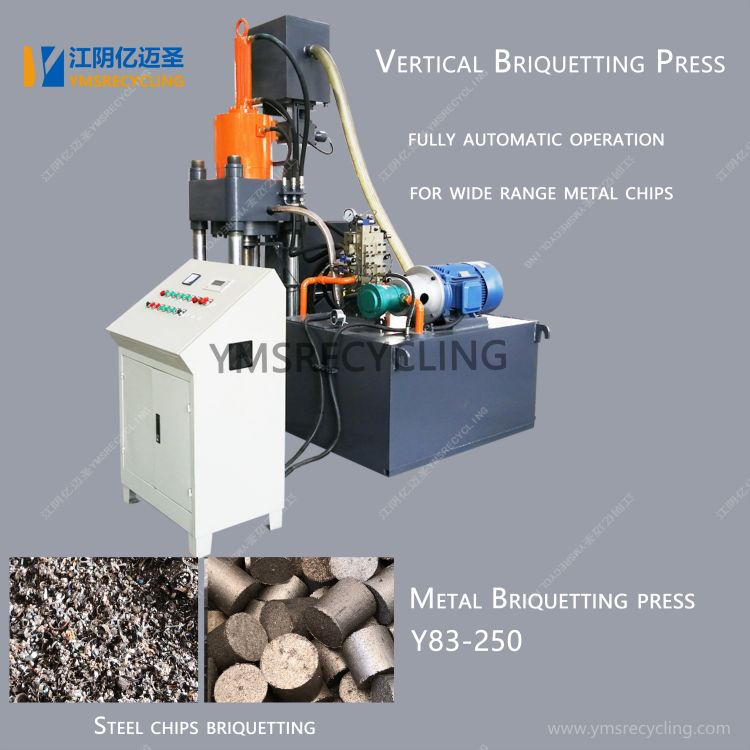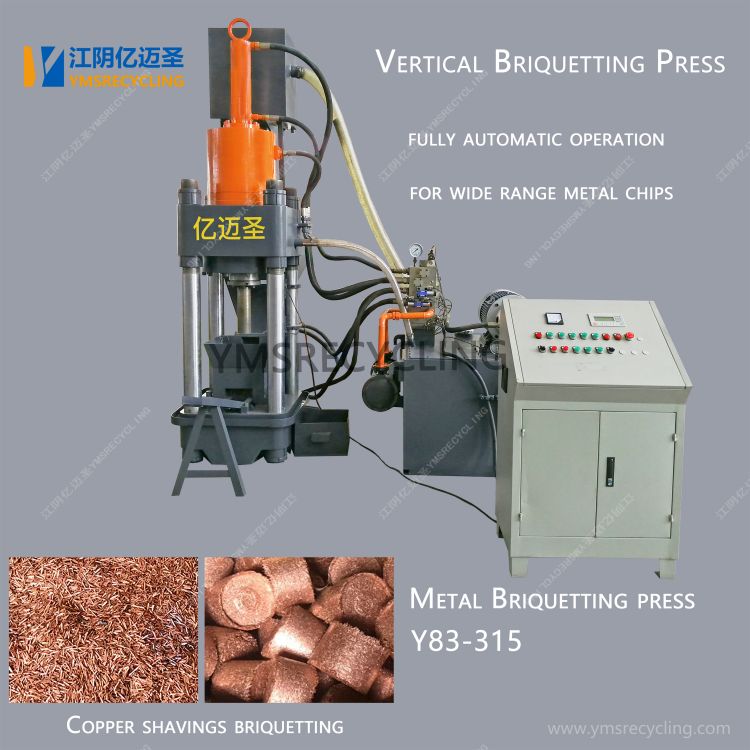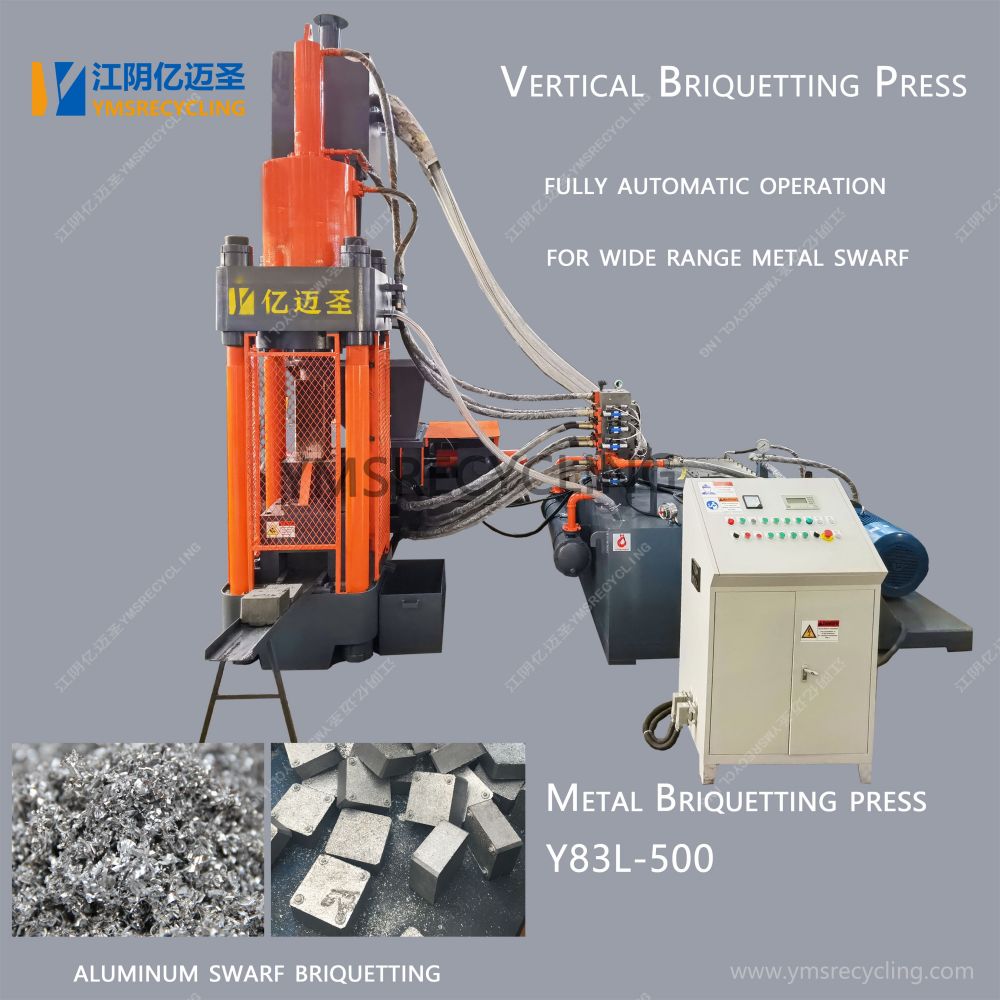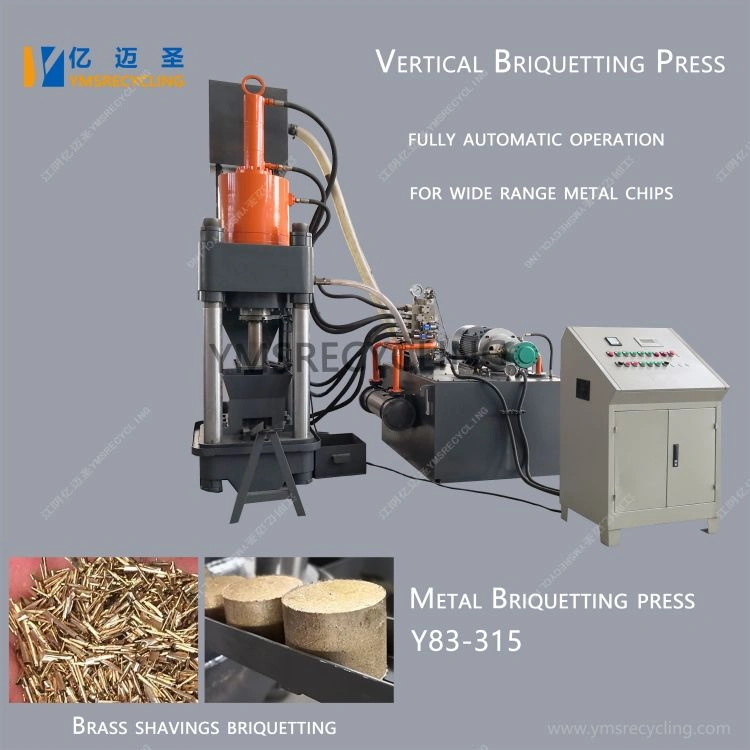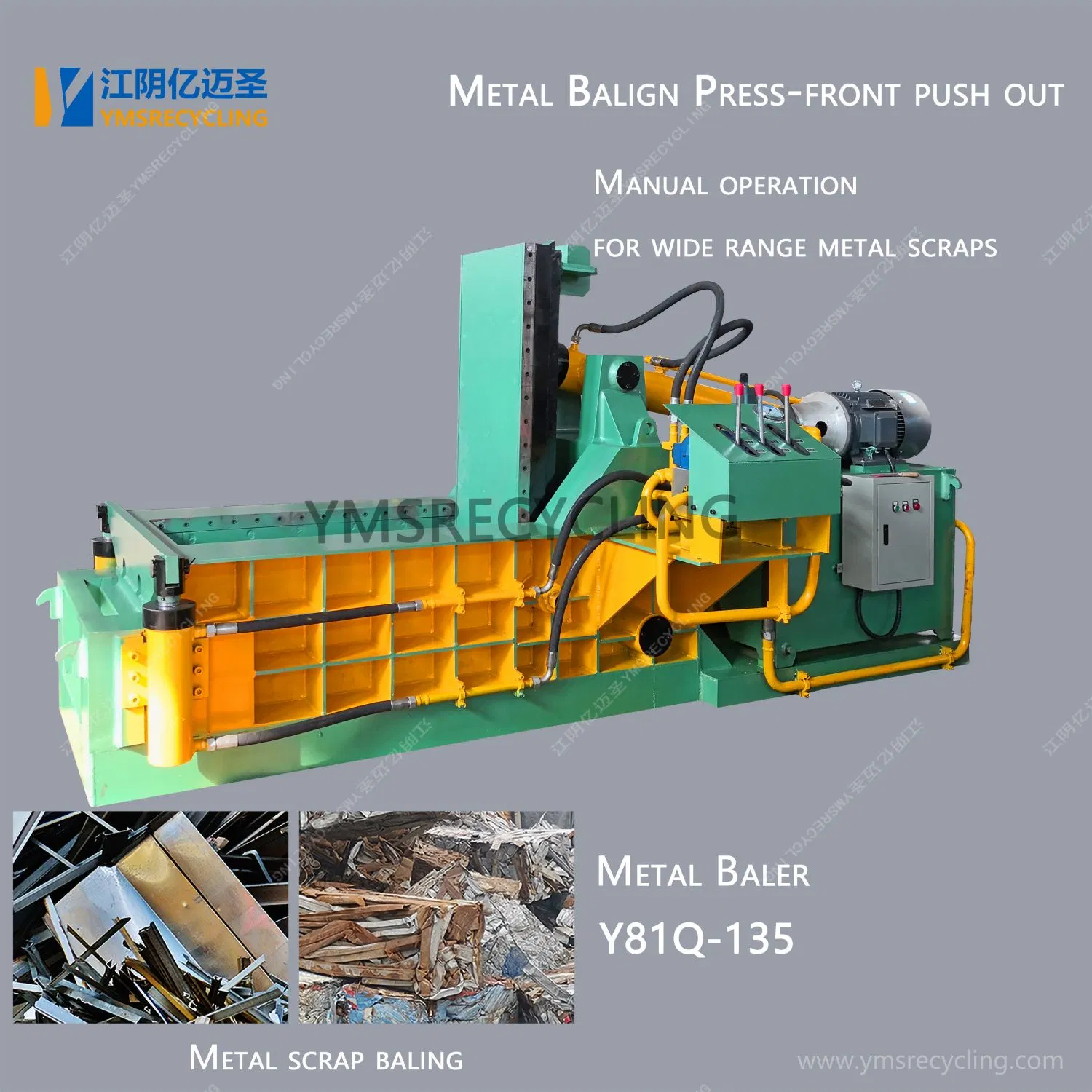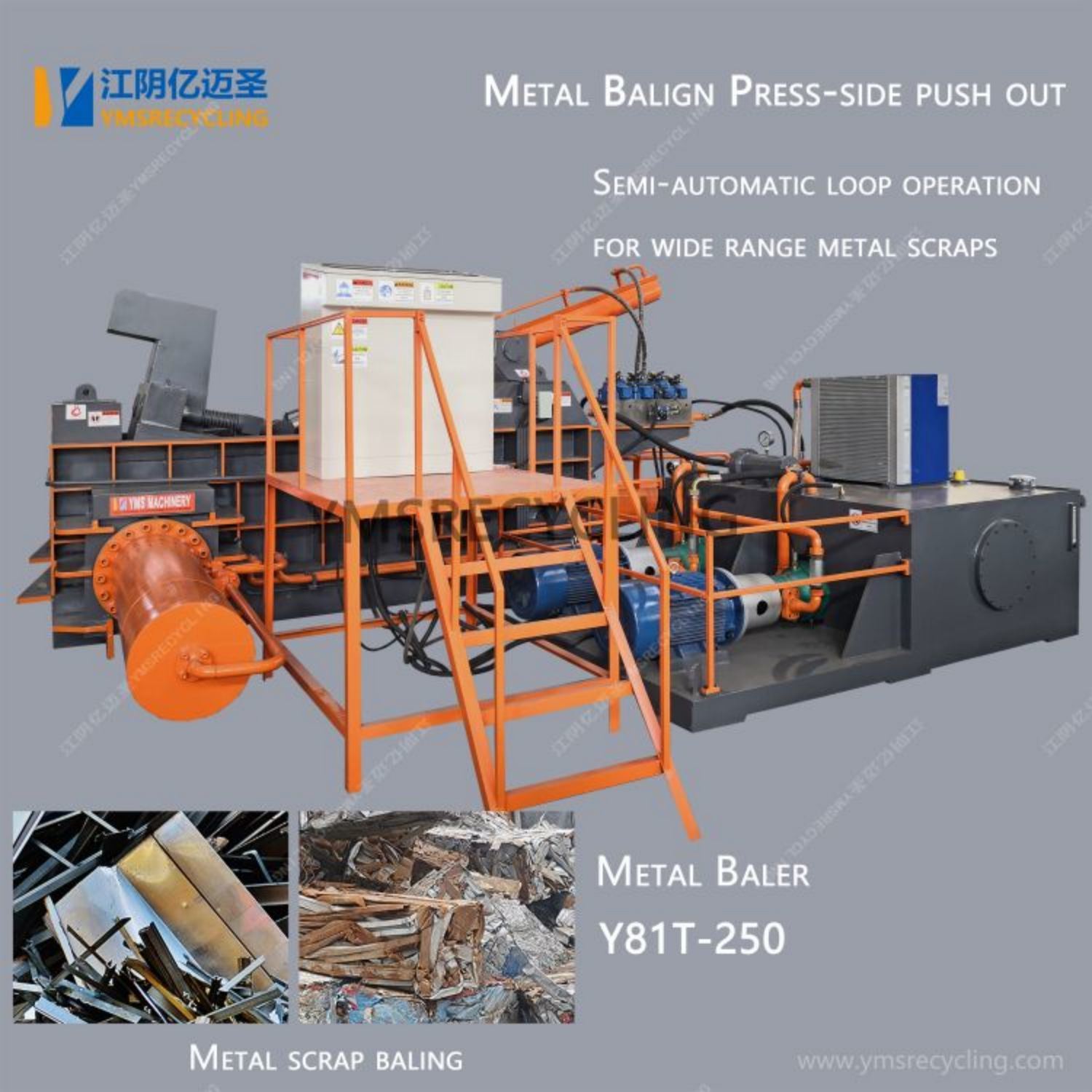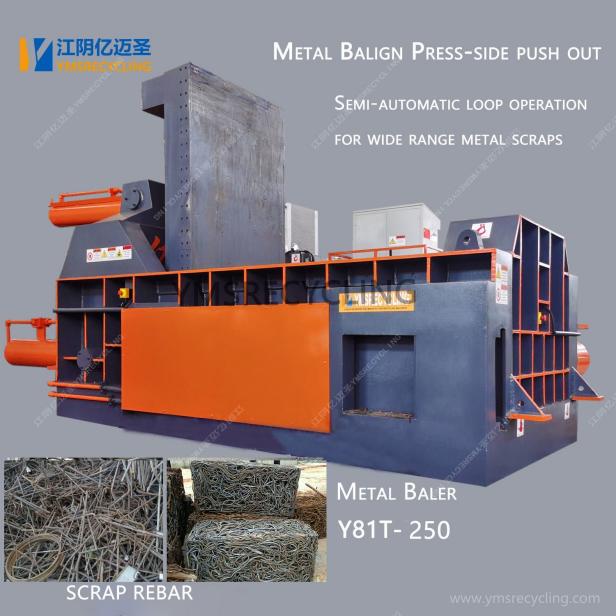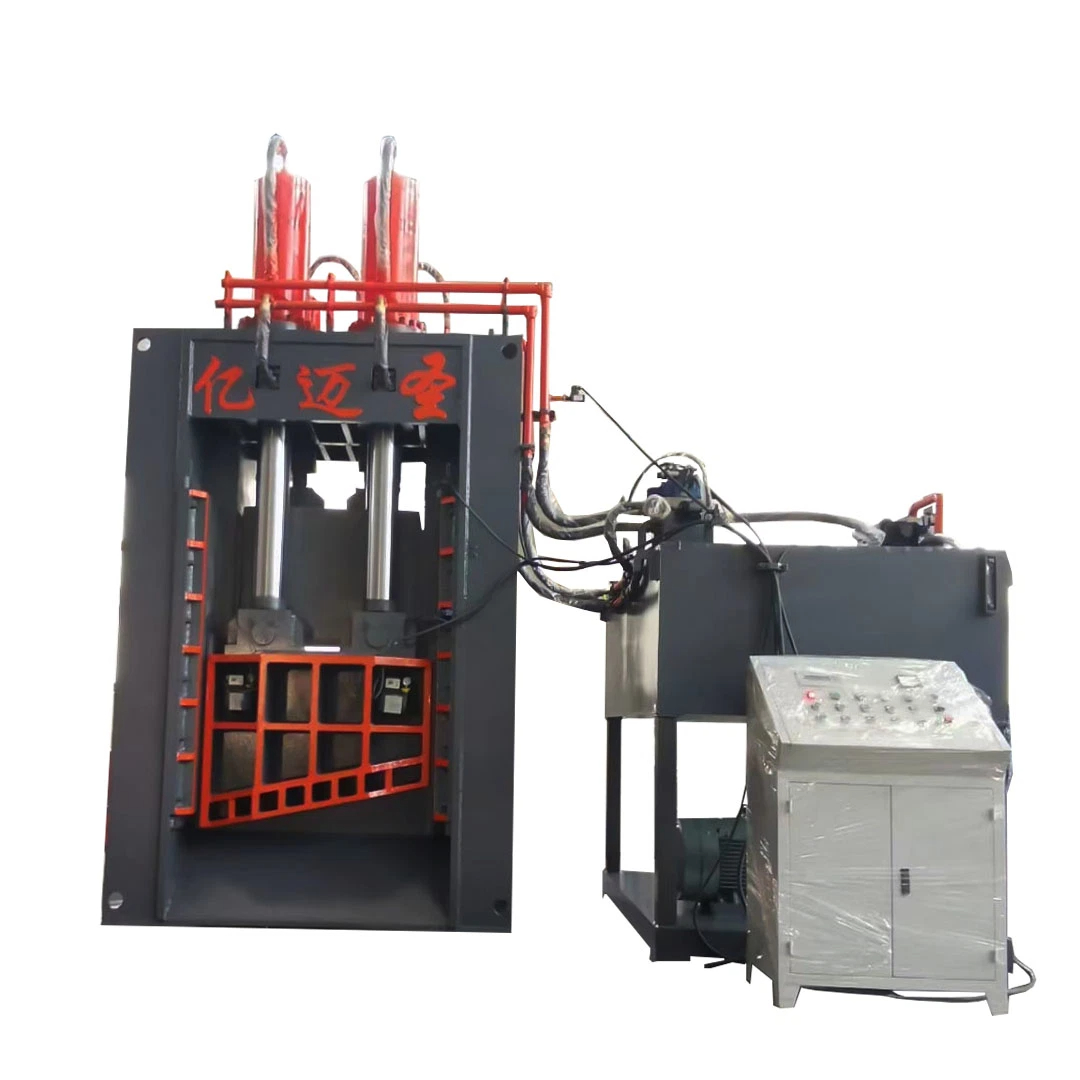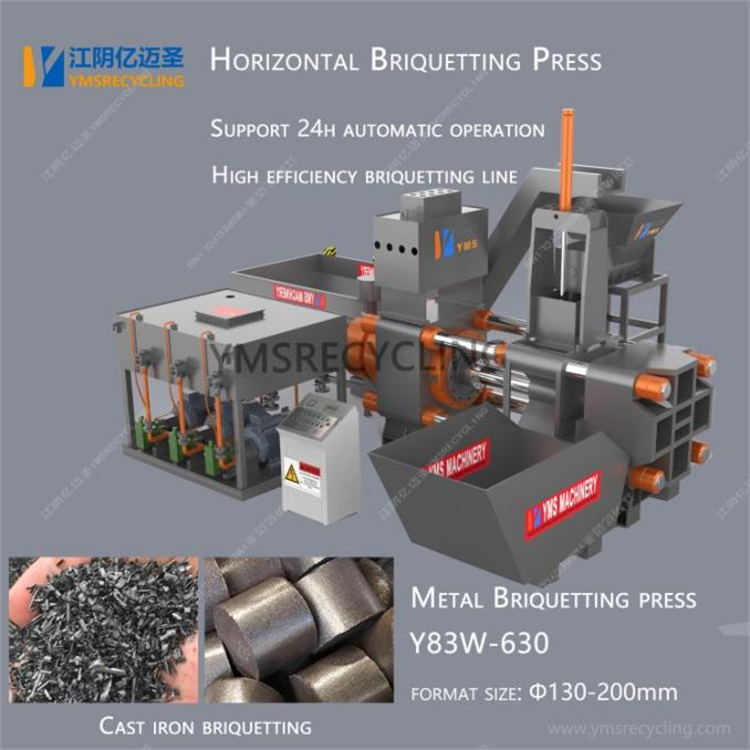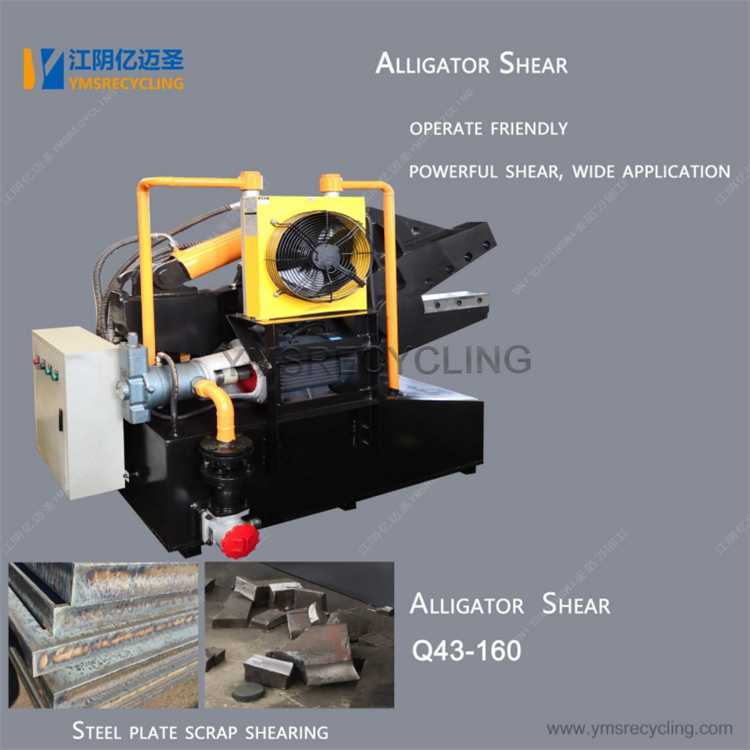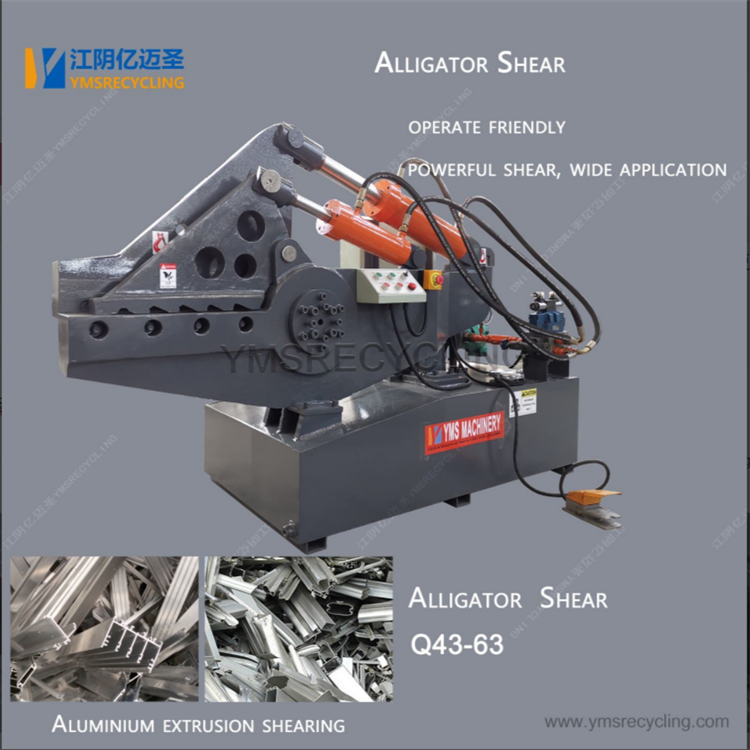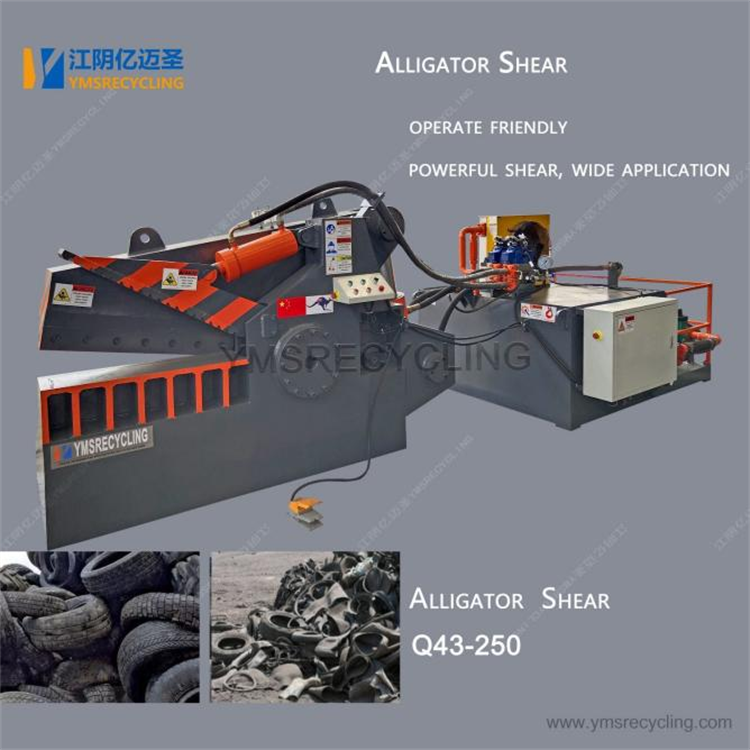At a time when global resources are tight and environmental awareness is increasing, the scrap metal recycling industry is facing unprecedented development opportunities. As the core equipment of the industry, the scrap metal baler machine is not only the key to improving recycling efficiency, but also an important force to promote resource recycling. It converts scattered scrap metal into regular blocks through strong compression force, greatly reducing transportation and storage costs, and providing convenience for subsequent smelting and processing.
Technical analysis: The core working principle of the scrap metal baler machine
The efficient operation of the scrap metal baler machine stems from its precise technical design. Its core working principle is to use the hydraulic transmission system to generate strong pressure to squeeze the collected various scrap metals, such as scrap steel, scrap aluminum, scrap copper, etc. into blocks of fixed specifications.
As the "heart" of the baler, the hydraulic system consists of hydraulic pumps, hydraulic cylinders, hydraulic valves and other components. The hydraulic pump converts mechanical energy into hydraulic energy, and delivers high-pressure oil to the hydraulic cylinder through the hydraulic pipeline, pushing the piston to move linearly, thereby compressing the scrap metal. The hydraulic valve is responsible for controlling the flow direction, pressure and flow of the hydraulic oil to ensure the smoothness and accuracy of the baling process.

The design of the baler's feed port, the shape of the pressure head, and the bale size adjustment function have all been carefully considered to meet the processing needs of scrap metals of different types and specifications. For example, for lighter and thinner scrap metals, the feed port will be designed to be larger to improve the feeding efficiency; for heavier scrap metals, the pressure head will be made of a stronger material to ensure the compression effect.
Core advantages: Why scrap metal baler machine has become a rigid demand in the industry
The reason why scrap metal baler machine has become a rigid equipment in the scrap metal recycling industry is inseparable from its many significant advantages.
Greatly improve transportation efficiency. Scattered scrap metal is large in size, which not only takes up a lot of space during transportation, but also increases transportation costs. After being compressed by the baler, the volume of scrap metal can be reduced by 50% - 80%, and the loading capacity of the same transport tool is greatly increased, which significantly reduces the unit transportation cost.
Easy to store and manage. Regular scrap metal blocks are easy to stack and store, saving storage space. At the same time, the weight and size of the blocks are relatively uniform, which is convenient for counting, weighing and inventory management, and improves the operating efficiency of recycling companies.
Improve resource utilization. During the smelting process, regular scrap metal blocks can be heated more evenly, reducing energy consumption and metal loss. Impurities in scrap metal can be removed during the baling process, which improves the purity of the metal and provides better raw materials for subsequent processing and utilization.

Meet environmental protection requirements. The use of scrap metal balers reduces the scattering and pollution of scrap metal during transportation and storage, which is conducive to protecting the environment. At the same time, it improves the recycling rate of scrap metal, reduces dependence on primary mineral resources, and conforms to the concept of sustainable development.
Selection Guide: How to choose a suitable scrap metal baler machine
Faced with a wide variety of scrap metal balers on the market, it is crucial to choose equipment that suits your needs.
According to the company's scrap metal recycling volume and processing needs, determine the hourly processing capacity of the baler. Too small a processing capacity will affect production efficiency, while too large a processing capacity will cause equipment idleness and cost waste.
Compression force. Different types and thicknesses of scrap metal require different compression forces. For example, heavy scrap metals such as thick steel plates require greater compression forces, while thin scrap aluminum and scrap copper can be processed with equipment with relatively small compression forces.
A baler with a high degree of automation can reduce manual operations, improve production efficiency, and reduce labor intensity. For example, a baler with functions such as automatic feeding, automatic compression, and automatic bag delivery can achieve continuous operation and greatly improve production efficiency.
Choose a baler brand with reliable quality and stable performance, and consider the manufacturer's after-sales service level. Good after-sales service can promptly solve problems that arise during the use of the equipment and ensure the normal operation of the equipment.
In today's world of environmental protection and cost control, the energy consumption of the baler is also an important consideration. Choosing equipment with low energy consumption and high efficiency can not only reduce operating costs, but also reduce the impact on the environment.
Scrap metal baler machine plays an indispensable role in the scrap metal recycling industry. Its advanced technology, significant advantages and continuous development trend make it an important force in promoting resource recycling and achieving sustainable development. For scrap metal recycling companies, choosing a suitable scrap metal baler will bring great help to the development of the company.
